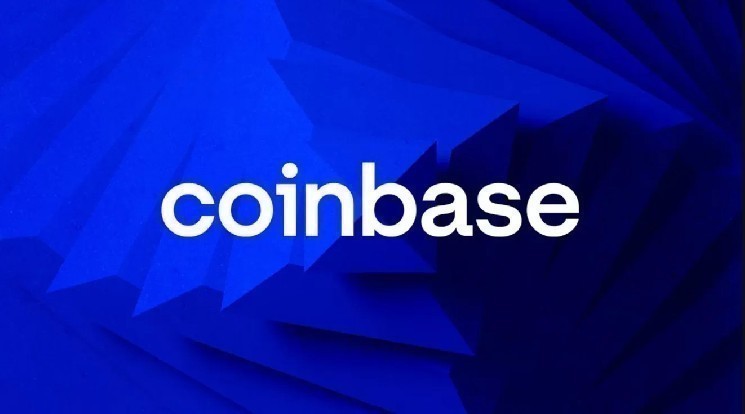Coinbase Institutional’s latest monthly market outlook report points out that the wave of large-scale liquidations on October 10 led to significant deleveraging in the crypto market, which may have created a short-term bottom.
The agency said the market was “resetting, not busting” and that an upward trend could emerge in the coming months as leverage structures return to healthy levels.
Analysts say that based on the implied distribution of the options market, Bitcoin prices could range between $90,000 and $160,000 over the next three to six months. Coinbase states that this distribution is asymmetrically upward sloping. The report also notes that expected Fed rate cuts, liquidity expansion, and new regulations have medium-term macroeconomic implications that could extend the cycle into 2026.
Coinbase describes the October 10th liquidation as a squeeze caused by market conditions, rather than a structural issue. The agency believes fundamentals remain strong, although pressure has increased due to the sharp decline in altcoins and the exit of market makers.
“The decline has brought leverage levels back closer to where they were at the beginning of the year and the system has returned to a healthier level. Going forward, we expect ATH to rise more slowly than rapidly.”
The agency also said that while the riskier altcoin sector was most affected by liquidations, institutional investors remained largely insulated from the wave.
In recent weeks, “smart money” flows have been towards EVM-based networks such as Ethereum and Arbitrum, while Solana and Binance Smart Chain have lost momentum, according to Nansen data. Coinbase states that these flows are not buy signals, but rather an indicator used to understand which ecosystems the market is concentrated in.
The next strong upswing is likely to be driven by financial institutions, the report says. Institutional investors kept leverage low and focused primarily on large assets, so the wave of liquidations had minimal impact. The market is therefore expected to regain strength as institutional investor appetite returns, although this could take several months, the paper said.
*This is not investment advice.


